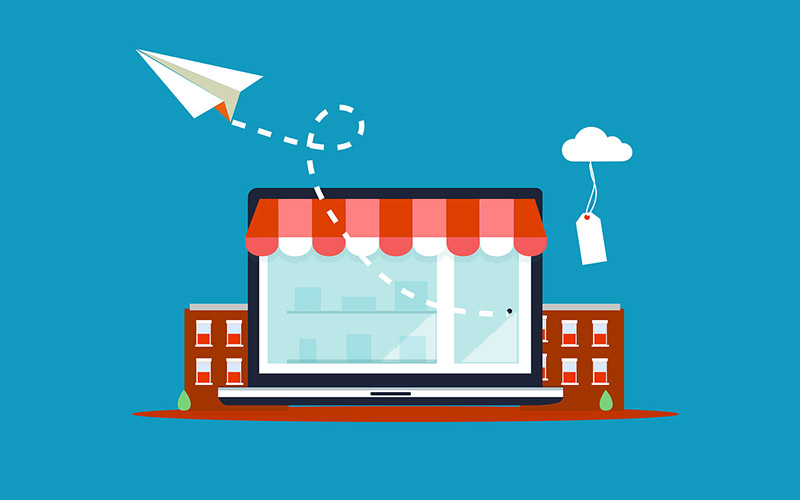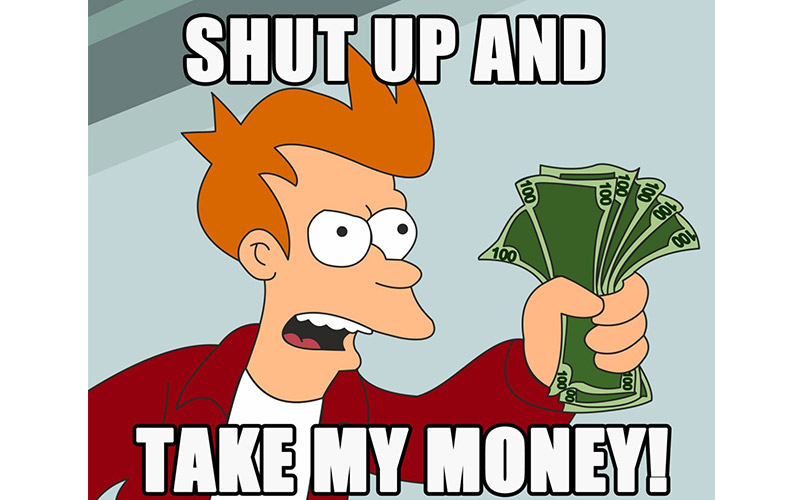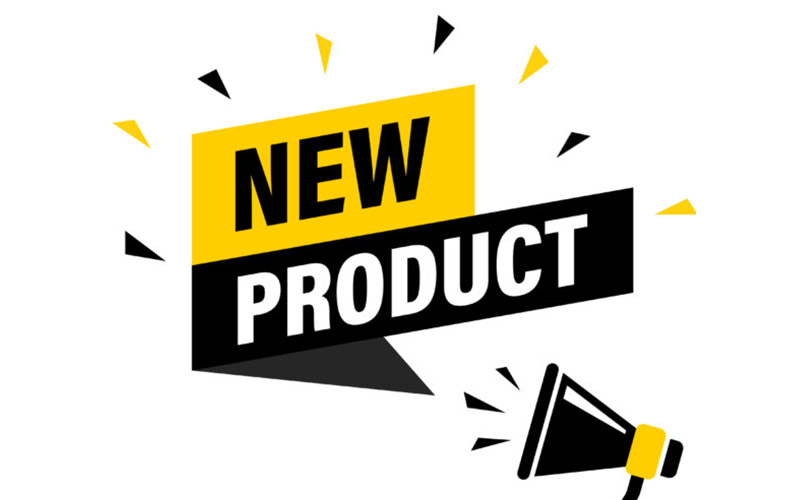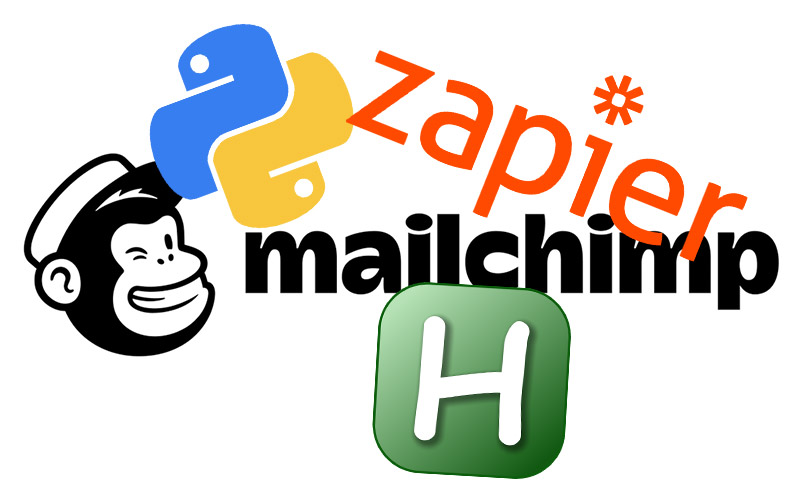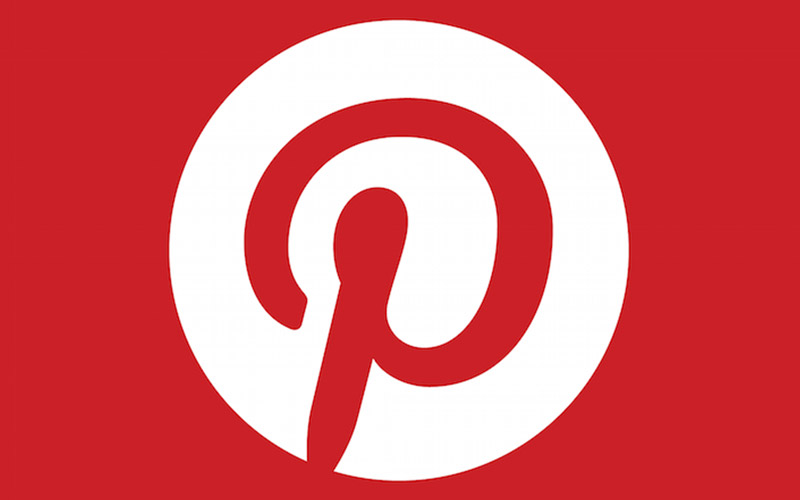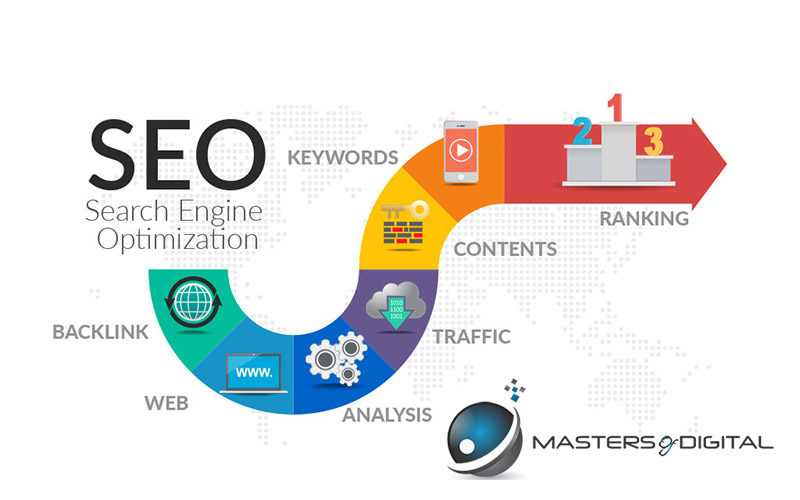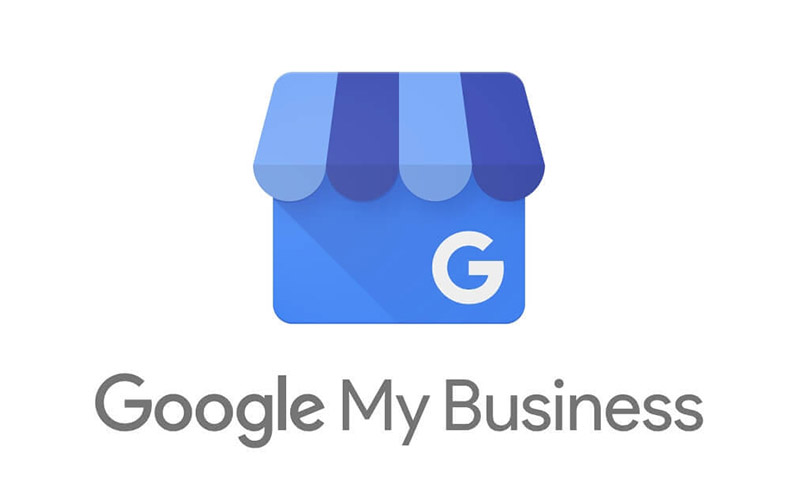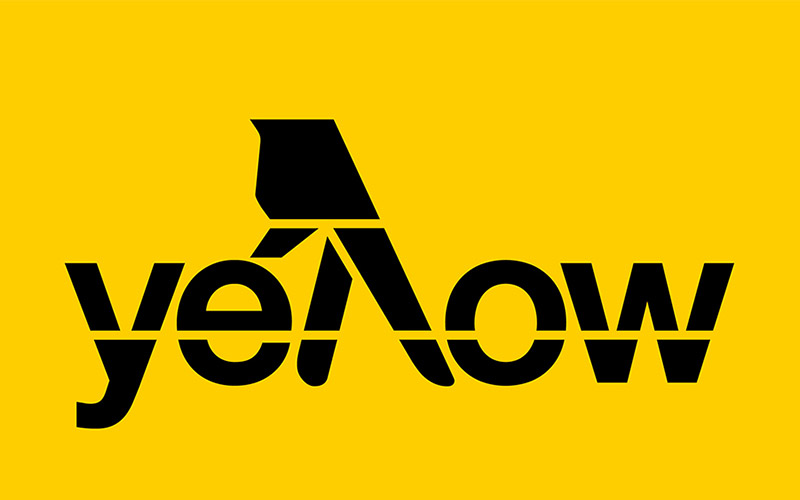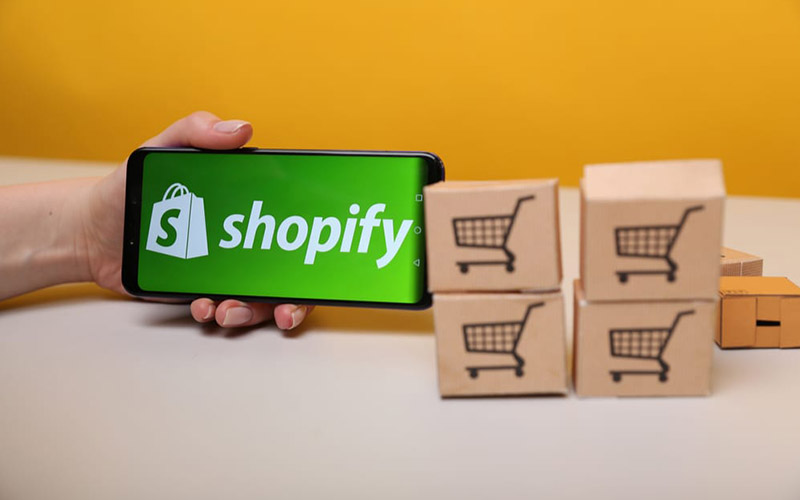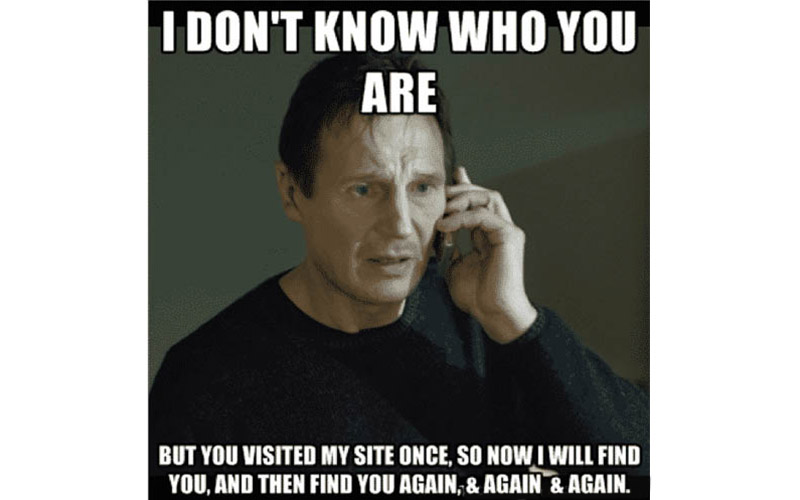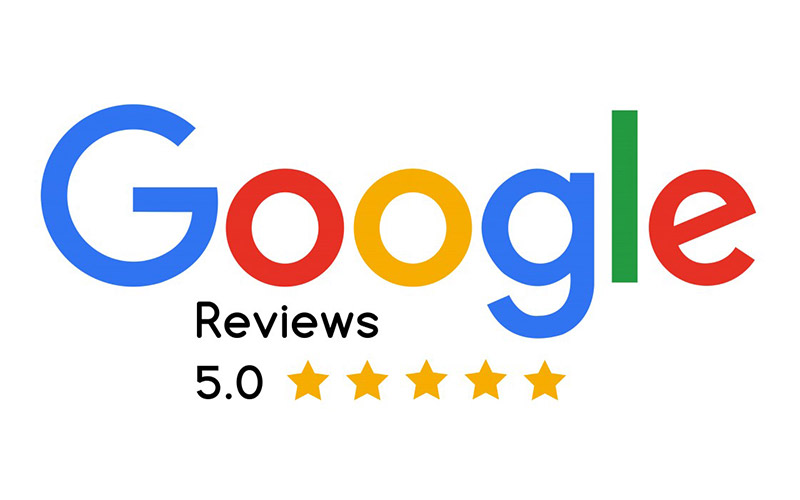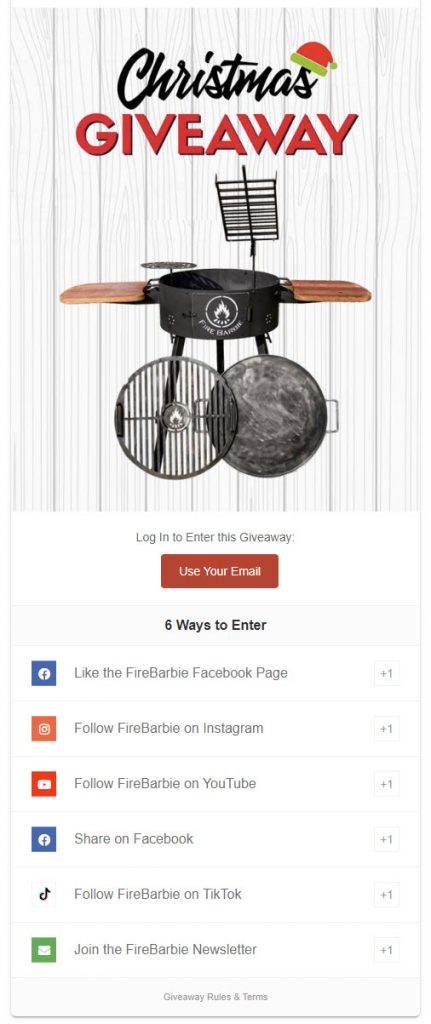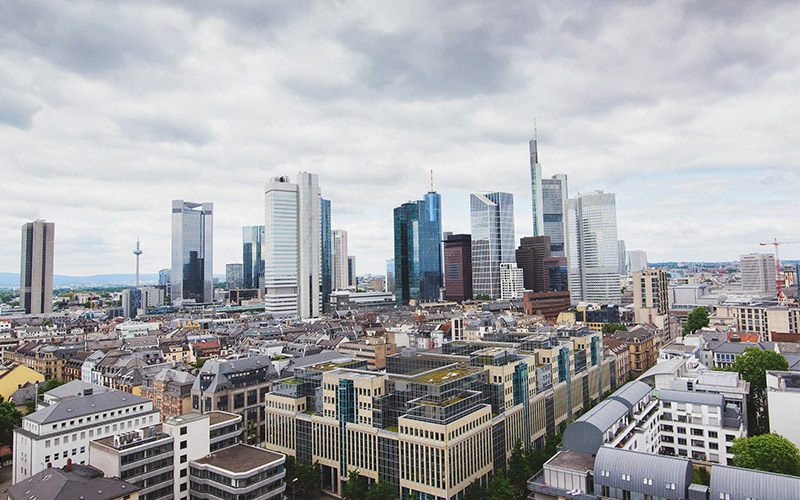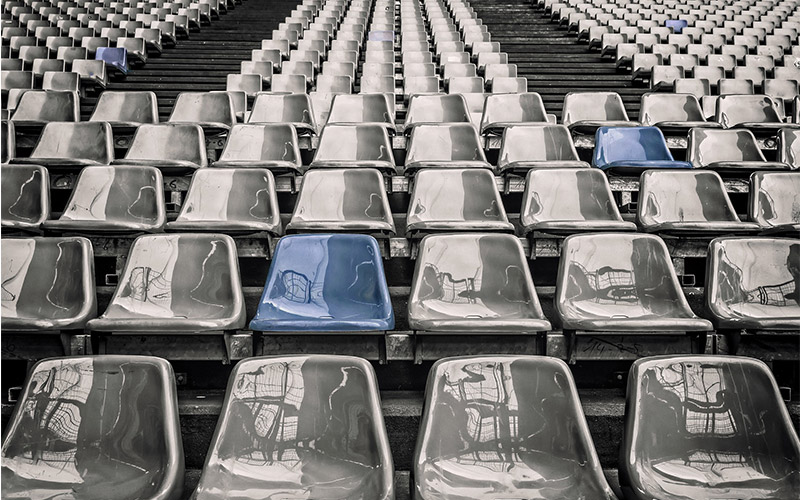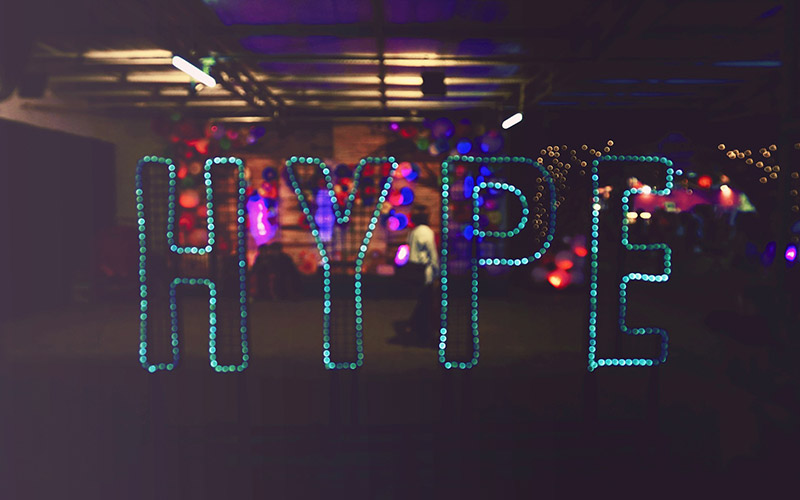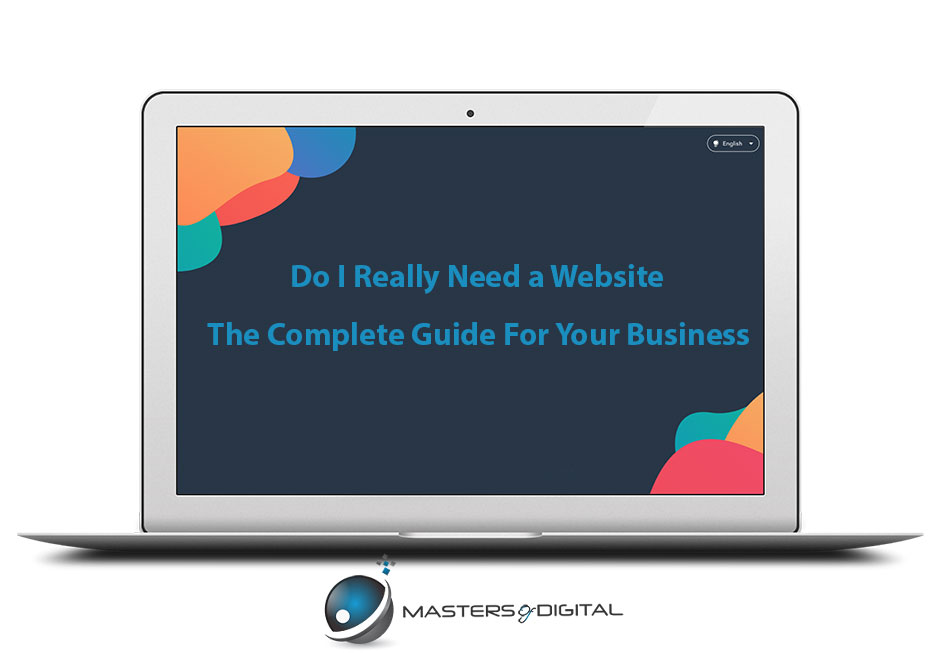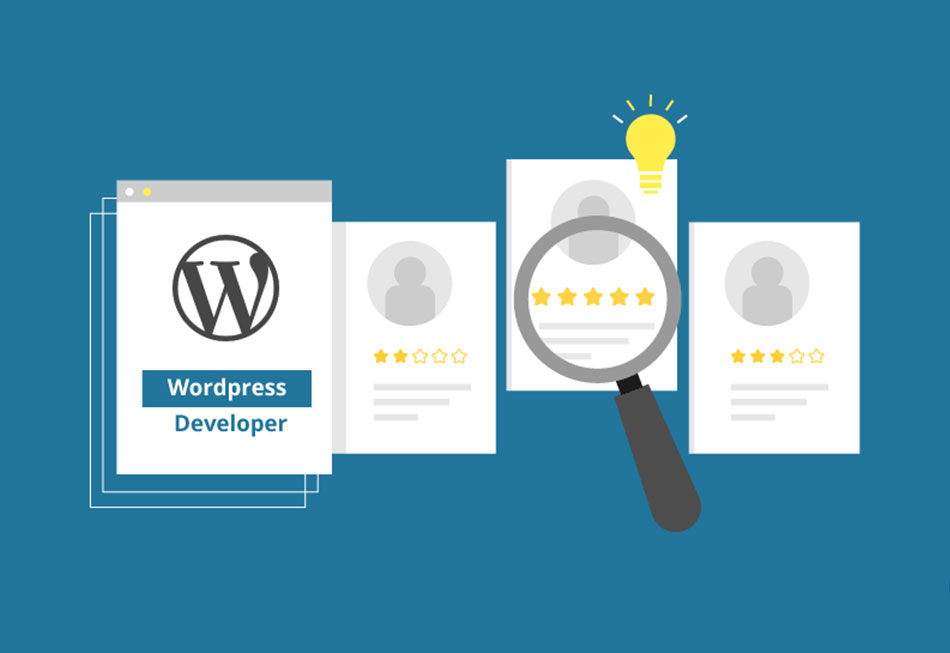
How To Market Your Online Store – Drive Traffic and Sales
How to market your online store – In order to understand that, we need to first get a clear picture of what marketing consists of.
Marketing is whatever helps push your brand and products into the marketplace. The bigger the marketplace, the more money and time you need to spend on making your message as big as possible with your audience.
With the advent of online marketplaces, everyone has infinite possibilities for marketing but can also waste infinite money and time on futile marketing efforts. So, what do you do if your budget is practically zero? You learn from the big companies and creatively apply that knowledge to your own situation.
Some of the biggest marketing campaigns cost millions of dollars and involved big companies such as Coca Cola and Pepsi starting a rivalry that spanned decades. Let’s glean some marketing knowledge from them and then see how to apply that knowledge to your online store to drive traffic and sales.
Contents:
- Coca Cola vs Pepsi
- Mastering Email Marketing
- Engaging and Tracking Your Customers
- Using SEO
- Running a Free Giveaway
- Make Your Own App
- Marketing Through Your App
Coca Cola vs Pepsi
The two soda companies have a long and chequered history of smouldering rivalry. The aptly named “cola wars” began during the 1970s, when both Coca Cola and Pepsi started rapidly expanding internationally. Their stiff competition for each international customer led to them taking jabs at each other’s brands. Even their advertising referred to and played off of that of the other side but it will be the former that will blink first.
Internal tests at Coca Cola showed Pepsi’s taste was actually preferred over that of Coke, causing the frenzied creation of New Coke, the taste of which more closely matched Pepsi.
New Coke was the unofficial name for the reformulation of Coca Cola – it was renamed Coke II in 1992, and then discontinued in July 2002. – Wikipedia.
Customers reacted with disgust to the flavour of New Coke, clamouring for the return of the old formula, which Coca Cola eventually did. The end result of this experiment was explosive sales of Coke, now dubbed Classic Coke, with sceptics theorising all of this flip-flopping was just a ruse.
What’s curious is that there was barely any difference in taste between Pepsi, Coke, New Coke and Classic Coke. People ordering a Coke were all too often asked, “Is Pepsi OK?” to the point Pepsi addressed it in its 2019 Super Bowl ad titled “More than OK”. So, the two being interchangeable, why did Coca Cola fans react with such passion to the change in the formula?
Sunk cost fallacy
Humans like consistency. Scratch that, they adore it. When customers buy something, they tend to get emotionally invested in that brand and start justifying their purchase by buying more of it, even if they don’t particularly like it. This is known as “sunk cost fallacy”, meaning that people tend to affirm their prior choices and actually defend them at all costs. In essence, people who bought Coke once will keep buying Coke, even if its taste was identical to Pepsi, simply because it was a choice consistent with their previous choice.
The cola wars added the effect of rivalry to the sunk cost fallacy. Soda drinkers were no longer gulping down a fizzy beverage, it was a pitched battle for domination and each gulp was a shot at the other side. A surprising effect of all the marketing fever was that people who were normally indifferent to sodas got intrigued and started drinking soda too. Convenience stores that advertised for Coke or Pepsi had their soda sales boosted across the board; the duelling giants got wind of it and bought up all the minor soda companies so the profit would still flow to their coffers.
This Coke vs. Pepsi battle even spilled over into personal relationships. There was actually a study done in 2017 on brand compatibility and relationship dynamics titled “Coke vs. Pepsi: Brand Compatibility, Relationship Power, and Life Satisfaction”. To no one’s surprise, it showed that partners’ disagreement on which soda is better can ruin their relationship and that asking a potential partner which soda they like more is a valid compatibility question.
Introducing novelty
There’s a reason Coca Cola dubbed its failed soda experiment “New Coke”. More than any other word, “new” is the most appealing one to the customers and appears the most in advertising material across centuries. As it turns out, humans adore novelty as much as they adore consistency.
If you’re trying to craft the perfect marketing message, it should carry a balance of novelty and consistency. Anything too advanced is strikingly different from what the customers know and love but anything that’s too similar is also bad and feels rehashed. So, how do you untie that Gordian knot? You follow the teachings of Raymond Loewy, the father of industrial design, and his MAYA principle.
Raymond Loewy was recognised by Time magazine and featured on its cover on October 31, 1949 – Wikipedia
According to this ingenious designer who lived through the heyday of the 20th century US, the general public will seldom accept an outright improvement in some aspect; they will find it too radical and thus alienating. His proposed solution was summed up under the acronym MAYA—most advanced, yet acceptable. Raymond went on to design, among other things, the Coke bottle.
Other companies have also used this method, some succeeded and some failed, like Samsung with their Samsung Galaxy Fold, or Apple with their Newton Tablet.
Lessons so far
So far we’ve learned that:
- you should observe the big companies and get inspired by their successes
- rivalry works great to boost not just your sales but interest in the niche
- novelty and consistency need to be balanced out in marketing
- you should use “new” in your marketing material
All of this will serve not just to get you sales, but also to help you build your brand. From the start of your online store, you need to create a long-term success strategy and work towards it. This will include consistent, recognisable marketing and a value proposition, which is what you’re offering to your customers.
At the core of all marketing is the promise of value. Everyone is constantly looking for value, especially free value, so you should do the same. Whenever you can, wherever you can, grab as many freebies and extract value out of them. Afterwards, figure out how to pass on that value to your clients.
Mastering email marketing
Can you imagine we used to pay for the ability to send email? Today, all email providers allow you to create a free account, though most require a unique phone number to curb spam. Having email accounts and knowing how to use them can allow you to build a lucrative business, simply based off of your communication skills. There’s a lot of research that goes into email marketing but once you’ve got the system right, you can start crafting the perfect message.
A perfectly crafted email will serve as a foot in the door but do count on customers keeping it as a business card for reference. This means your emails should include links to your home page and store page, allowing the customer to always find you from their inbox. Make your email presentable but not gaudy. The value proposition in it should be summed up in the first paragraph, so avoid writing walls of text or the customer will get bored and click out of it.
You will write the perfect email once but you will be sending it out all the time. Over time, you can develop a set of emails for yourself, your affiliates, each stage of the marketing process etc. You will eventually create a huge collection of hundreds of emails and email templates, all of which you will optimise for your marketing campaign. On a small scale, sending them out manually is feasible; later you’ll need to either employ a dedicated team or use automation.
Email automation
The next level of email marketing is email automation, which you can do with services such as MailChimp. It too offers a free basic plan, with advanced features behind paid plans costing up to $299 a month. There are other free platforms that can help you with email automation, such as Zapier, though you’re best off dabbling in programming to set up a platform yourself.
Thanks to the immense power of free programming languages such as Python, which also happens to be user-friendly, you can use a plain text editor to create scripts that scrape data or automate repetitive tasks. Add in AutoHotkey, a free scripting language that can simulate mouse clicks and create custom keyboard shortcuts, and you’ve practically got a digital butler that does your bidding when you’re away.
MailChimp, Python and AutoHotkey are just three tools you will use to aid you in automating your email campaigns. Each of them by itself can provide utility but it’s in combining them that you extract the most value. When you drill down to the core of marketing, the value comes from engaging customers, gathering data and acting on it. For example, you will eventually end up with a slew of customer email addresses, which is the so-called mailing list.
Building the mailing list
A mailing list is your store’s lifeline. Thanks to the mailing list, you can bypass all middlemen, such as social media platforms, and get in touch with your customers directly. Since sending and receiving emails is free, you can also develop a global communication network between you and your customers. From the very first contact with a potential customer, you should be oriented towards providing as much free value to him or her; that’s the only way to build lasting engagement.
Ideally, you would get email addresses through the newsletter sign-up box or by offering a free product, such as an e-book, which should also provide value. The topic of the e-book is less relevant than the presentation, so make it presentable and glossy but do include links that will help you track the traffic. The same goes for the newsletter. Once you’ve made first contact, feel free to offer discounts and one-time freebies, which will help you track which customers are active and in what way.
Engaging and tracking your customers
If you want to have a successful online store in the short and long term, you have to understand customer behaviour, which you can only do by tracking traffic. Your goal is to provide your customers with engaging content so they stick around long enough that you can track their behaviour. This sounds ominous but there’s nothing wrong with it. For example, this includes writing blogs and figuring out which topics generate the most shares on social media.
Filling your email with a wall of text can bore the recipient but you can use that same wall of text on your blog. In this way, you can present anything from how-to tips to trivia and quirky listicles. This is a hugely complex field but the gist of it is that you should do a quick rundown of your ideas in the first paragraph and then elaborate on them as much as you like below that. Walls of text can be fun, especially if peppered with novel distractions and valuable info.
As your customers stick around to read what you have to say, they will grow to like you. If your blogs are valuable, you can expect them to come back, engage with you and support your brand. You can introduce other features, such as comments and reviews, turning your online store into a platform. This is what tech giants have already done and what made them so popular in the first place.
Here are some tracking tools provided by platforms free of charge.
Facebook and Instagram Pixel
Facebook and its subsidiary Instagram have an amazing way of tracking visitors—pepper webpages with tiny pixels that don’t distract or impede performance. Each pixel is uniquely tied to each visitor, allowing you precise tracking of actions such as downloads, adding and removing items from cart, purchases and more.
The pixel technology allows you to discover the exact moment at which a potential customer loads up the cart and abandons it, scheduling an ad for the same items left in the cart that brings the customer back.
This looks and feels like serendipity but it’s just super precise marketing. Facebook is constantly extracting value out of the pixel technology, for example by creating Lookalike Audiences, which are all the people who might share similar interests to your prior customers and so might be more interested in your ads and products.
Google Remarketing Tag and Analytics
Not to be outdone, Google created its own version of the pixel technology. It works almost the same but across the entire Google Ads platform. You can use it together with Facebook Pixel, especially if you combine it with Google Analytics.
You don’t have to do paid advertising to use Google Analytics, which provides neat data points related to your visitors’ demographic data, traffic channels, average time of stay and more. Even a cursory scan of Google Remarketing Tag and Google Analytics will greatly improve your understanding of your audience and how digital marketing works. This will help you figure out seasonal trends and prepare for them on time.
Pinterest Tag
This is a feature for Pinterest Business accounts, which can be set up for free, though they are only available to account owners located in Australia, EU, New Zealand and the US. As is common for pixel technology, the tag is embedded in your website’s HTML code. Pinterest Tag can be meshed with some other pixel technologies, such as the Google Remarketing Tag.
Pinterest Tag helps you track nine types of events:
- page visits
- category views
- searches
- additions to cart
- completed transactions
- video views
- sign ups
- lead tracking
- custom, which includes all user-defined events
There are some tweaks to the Pinterest Tag you can do, such as Smart Match and Enhanced Match, both of which increase how much traffic is analysed. If you know coding or are at least amenable to it, you’ll find it much easier to use and tweak Pinterest Tag.
Google Search Console
This free tool by Google helps you track performance of your website in Google search results and fix various issues. You will need to verify the ownership of your website by adding a DNS record in your DNS provider’s dashboard but the process is thoroughly explained in accompanying tutorials.
Using SEO
Search engine optimisation (SEO) is a mouthful but simply means you will have to generate web pages that are equally liked by human visitors and search engine crawlers that analyse website content. There are SEO companies and self-proclaimed gurus who would make you believe it’s an arcane art but it’s just data-driven experimentation with a sprinkle of creativity. In short, SEO means being in good standing with search engines so they promote your webpages to the top of search results, though what that entails has been evolving since the 1990s.
During the late 1990s, search engines would skim webpages to categorise them. This meant bad players could and did stuff their pages with random keywords to lure in hapless visitors and give them malware. Over time, search engines refined their crawlers that scanned webpages to include various data points, such as loading speed. Search engines intentionally keep the operation of their crawlers a secret to hinder the spread of malware but they do release a few pointers from time to time. They ultimately boil down to making your website as usable as possible for both humans and web crawlers.
If you’re ever unsure what’s good SEO, look at Wikipedia. It’s one of few websites that’s consistently ranked on top of all search queries across all search engines, and for a good reason—its SEO is flawless. Wikipedia has descriptive headings, clean pages with few distractions, plenty of links to authoritative websites and a lot of activity on most entries. Wikipedia’s good article criteria state you should write texts that are:
- well written, with no spelling or grammar errors
- verifiable, with links to authoritative sources
- broad enough to address the main points of the topic
- neutral in viewpoint
- stable, as in not changing drastically from day to day
- illustrated by media, such as photos and videos, if possible
SEO tips and tricks
If you offer services and products locally, you must include the location you cover or the search engines won’t know how to categorise your webpages. If you’re targeting international markets, visit Google Trends, a free SEO research tool. Once there, type in keywords related to your store and you’ll get to see regional statistics on what’s searched for where. This will give you ideas on seasonal trends.
Avoid keyword stuffing and use synonyms whenever possible. You would ideally place main keywords in the webpage title and the biggest heading, using synonyms throughout the webpage. For example, if your main keyword is “dog collar”, you could use “doggy collar” and “puppy collar” as synonyms. Feel free to use novel phrases.
Follow the Web Content Accessibility Guidelines Quick Reference to eliminate as many snags for your visitors as possible. Use the W3C Markup Validation Service to check if your webpages have errors and what they are. If done right, SEO means your webpages will be discoverable, usable, valuable and enjoyable to your every visitor, giving your content a tremendous staying power.
Using online platforms
From Facebook to Youtube, you can find a whole slew of free online platforms where you can create an account and engage with your audience. Each platform has a specific set of benefits, so your goal should be to mix and match platforms depending on what you’re planning to do at the moment. For example, Youtube is perfect for daily video podcasts and one-way videos but Facebook or Instagram are better for live streams and two-way interaction.
All platforms come with certain ways to view traffic metrics, such as Twitter showing you how many times your tweet was seen. If you also keep track of likes and shares, you can get a wealth of data points regarding your marketing. Does your audience share your messages more if you use emojis? Try it and find out. As you gather data points, you will engage with your audience and gain insights into its behaviour.
By learning how to leverage these free platforms, especially when it comes to hosting and sharing video content, you can create value for your customers. But, hold on, what’s the catch? Why would a company such as Facebook offer just anyone such tremendous value? This might sound familiar—Facebook wants to provide people with free value so they stick around and engage with the platform, at which point Facebook will track them and analyse their behaviour & then the highest bidder gets to display an ad targeted to your likings and things you’ve searched for. Every successful platform offers value you can use in some way, for example:
Set up a free Google My Business listing
Google draws in entrepreneurs by offering them the ability to connect with customers through Google properties such as Maps and Search. Google literally markets this feature as “engage with customers on Google for free,” which checks all the value proposition boxes. You can manage your Google My Business profile by adding photos, purchase links and more. The feature includes a metrics dashboard, giving you data points related to your customers’ behaviour. Beware of paying for Google services, since Google is notoriously lax in human support, letting you resort instead to FAQs and forums manned by volunteers.
List your online store in a quality business directory
Online business directories mimic the yellow pages from the days of yore, except with reviews and hyperlinks. They’ve largely fallen out of favour with search engines due to being their direct competitors. In Australia, you can find quality business directories on sites like LocalSearch.com.au, TrueLocal.com.au and YellowPages.com.au.
Be part of a local Facebook group
Facebook positively shines when used to make a local community. For example, you can join a local group page to engage with customers and create a community around your brand. Find a group that has firm but fair rules, since that way you won’t have to deal with needless drama. Ideally, that group would also be discoverable by everyone but the posts would only be visible to the group members. Whenever possible, direct your audience off of Facebook and onto your platform, meaning webpage and store page.
Use Shopify tools
Shopify has a neat collection of valuable tools, such as a QR code generator that lets you make smartphone-friendly QR codes. You can print out these codes on merchandise or stickers to be shared everywhere. They can be used to visit a website, dial a phone number, send an SMS or just share a plaintext message. Using a smartphone, the general public will be able to scan the QR code, though you should provide a description of what the code does alongside it for transparency.
Network with influencers
There are people out there who are relentlessly marketing through social media aka. influencers. You can collaborate with them in some way, including sending them free samples to test out or review in front of their audience. Having an interview with them that is posted as an article on your blog page is also an option. You can also make podcasts with influencers, publishing them across platforms, for example on Soundcloud as audio and on Youtube as video. Naturally, the more clout an influencer has, the greater the appeal of your article or podcast.
Use memes
Defined as an image template with variable text for context, memes are an amazing way to share simple, self-contained messages. If you master memes, you can share them on a content aggregator website such as Reddit and have the audience do the marketing for you. In an ideal scenario, your meme would go viral, bringing you millions of visitors in the span of a few days and crashing your store page, which is known as “hug of death”.
Memes can be crass or inane but the most beloved ones are playful and harmless; all of them are free to make and use. They also have trends that wax and wane depending on what’s popular at the moment. For more on the origin of memes and their full context, visit KnowYourMeme.com and do some research.
Use customer feedback
It is said that “the customer is always right”. A more accurate version of that saying is that “the customer always has the right sentiment but often can’t express it.” As you interact with your audience, you’ll get a chance to hear its feedback, the underlying idea of which you should always take seriously.
Leverage LinkedIn
This underdog social media platform is best described as “Facebook for businessmen”. According to an Omnicore report, the average income of a LinkedIn user is $46,000 and in February 2020, LinkedIn had 653 million users, with roughly half from the US, India, UK, China and Brazil.
On LinkedIn you can market your products and services, network with influencers, publish blogs and gather audience engagement metrics. Again according to Omnicore, it is the platform of choice for business-to-business marketers. Therefore, you should create and interact with the LinkedIn audience using your company profile rather than an individual one.
The content you post on LinkedIn should be as close to a news release as possible. Information density is key for individual pieces of content but regularity, novelty and consistency are three key long-term ingredients to engagement with a LinkedIn profile. You can post text articles, images or videos on LinkedIn, so do switch things up from time to time.
According to LinkedIn’s blog post titled “10 Surprising Stats You Didn’t Know about Marketing on LinkedIn”, it takes 10 pieces of marketing content for each conversion. The same source states 57% of all visitors use a mobile device, emphasising the need for optimisation for mobile devices.
Live videos generate 2,300% more comments compared to pre-made videos, which should have subtitles and be about 2-3 minutes long for the best mix of effort needed and engagement produced. Plastering keywords and hashtags across every bit of your LinkedIn profile is advisable. Define your audience in advance and constantly refine your profile page with keywords so you appear in more searches.
Running a Free Giveaway
This is a really effective method of building up a email list and generating sales. You can simply create a post of social media announcing your free product give-away and share it into relevant Facebook group. One problem is that Facebook is susceptible to many scams, we reccomend setting up the registarion page on your website.
We set up a landing page for one of our client FireBarbie, where entrants have to follow a set of actions such as: Follow the brand on Facebook, Instagram, TikTok and signing up to their newsletter.
The giveaway results:
- Thousands of entries
- Significant growth of the brand’s social media followers
- A great number of newsletter/mailing list sign-ups
- Several users who saw the competition didn’t even enter. They just brought one!
For more information on Facebook’s guidlines check out: 7 Facebook Contest Rules: Complete Guide for Businesses 2022
Make your own app
All the big companies are making their own apps and platforms because that’s how they can maximise engagement, tracking and value delivery. Seeing how many people use their mobile devices for communication, surfing and purchases, making an app should be the next logical step for you too. Typically, an app that’s installed and used just once or twice will remain installed because people don’t care all that much about deleting old apps.
You can make a perfectly functional app using Visual Studio, a free programming environment you can download on Microsoft’s official website. Using the wizard supplied right there on the page, you can optimise the environment to contain only the modules you need, for example only Android apps. Once you’ve gone through the gauntlet of installations, updates and account creation, you’re ready for your first app.
Get inspiration from big companies
The big companies, such as Facebook, Google and Apple, have poured hundreds of thousands of man-hours into tweaking and perfecting every aspect of their apps, not to mention the millions of dollars. Since you don’t have the time or the budget for such an endeavour, how can your app ever compete? Easily, you’ll just get inspired by their apps and improve them by cutting out all the dead weight.
The advantage of big companies is in having hundreds of experts in various fields, from programming to graphic design and user experience (UX), working together to create the perfect app. Everything from fonts to colours and icon shapes is ruthlessly optimised until perfection crystallises. That’s why you should use the most popular apps, even if you have no interest in them, to be able to get inspired by them.
The downside of big companies is in holding all the dead weight. These experts inevitably butt heads with the management when it’s time to introduce all sorts of features that the end user has no idea exist aka. feature creep. A sleek and nimble app gradually gets bloated and unwieldy, which frustrates and angers users. You, on the other hand, won’t have such problems and can cut out all the dead weight, focusing on pure functionality and value. Your turnaround time should also be much shorter, allowing you an immediate reaction to market shifts.
Marketing through your app
Your app is your direct communication channel with your customers. You can bypass all the meddling middlemen and get traffic, payments and feedback while providing value and engagement. However, there is a major obstacle—you’ll first have to figure out a way to distribute your app, meaning find a way to deal with app stores.
The most common way to discover and install an app is through the official app store. However, Google and Apple have been clamping down on developer liberties. As of September 2020, Apple even requires that all app payments must go through the app or the developer account simply gets deleted. Increasingly narrow privacy defaults also make it harder and harder to get data points from iOS users.
You would ideally use app stores as an alternate deployment channel for your app. You can even create two versions of your app, Lite and Regular, providing Lite through an app store and Regular through your website, with only the latter having in-app purchases. With both app versions, you want to let users get value and engage with your content. However, your app will also need marketing and the core rules of it are:
Know your audience
Strive to solve a highly specific problem for a highly specific segment of the population. Later on you’ll get more and more ideas for new features, hence feature creep, but at the start try to be as focused as possible.
Dominate the niche
Your goal isn’t to just passively observe your niche and offer help but to dominate it with confidence. You’re not just a roofer but the roofer and the only one in the market worth talking about. You set the trends and improve the standards, not follow the competition.
Be useful
From the get-go, be useful or at least genuinely try. The truth is that Wikipedia ranks more than 99% of its articles as mediocre but people gush about Wikipedia and donate hundreds of millions of dollars to it because they see it’s genuinely trying to be useful. That’s all that matters.
Build hype
Anticipation is your best friend. Announcing new releases, products and services is the best way to create hype and discussion out of nothing. Keep in mind that you should actually deliver on the promises or this strategy will backfire.
Generate goodwill
All massive companies have made it through rough economic patches by fostering goodwill among customers. When the crisis hits, the customers back the company with their loyalty and regular purchases, even when they have other priorities. You don’t have to go all in, any small token of appreciation works.
Conclusion
Now you see that marketing success is very easy: create new, consistent value for your customers, engage with them and gather data points about their behaviour. Lather, rinse, repeat. Every company that’s become a household name has gone through this exact cycle and so will yours. The best part is, if you have the time, you can do it yourself, without spending millions on marketing, and by actually using freebies provided by those same companies.
Flamboyant money spending might seem like the only type of marketing but, when done right, marketing is as scientific as lab research. It starts with gathering data on how your customers think and act, seeing how almost all purchases are impulsive and driven by emotion rather than reason. Even if you ask your customers, they are unlikely to be able to explain their behaviour. Then, you perform tests based on that data, create new value and start all over again.
As you gather data points, perform tests and create value, you will learn some surprising facts about unconscious human behaviour. Just like we saw with the Coke vs. Pepsi rivalry, people take their shopping seriously and their brand choices spill over into their personal lives. So, expect your marketing success to touch people on a personal level and improve their lives considerably.
Remember that, as your business grows, you will accrue value that you should share back with the general public. Your entire business success relies on being able to give back to generate goodwill and engagement until you become a household name. This tells us that great marketing is all about sharing your value with the global community to make the world a better place.
If you’d like to know more or hire a professional company for lead generation, website design & creation, eCommerce and more, contact Masters Of Digital today!

